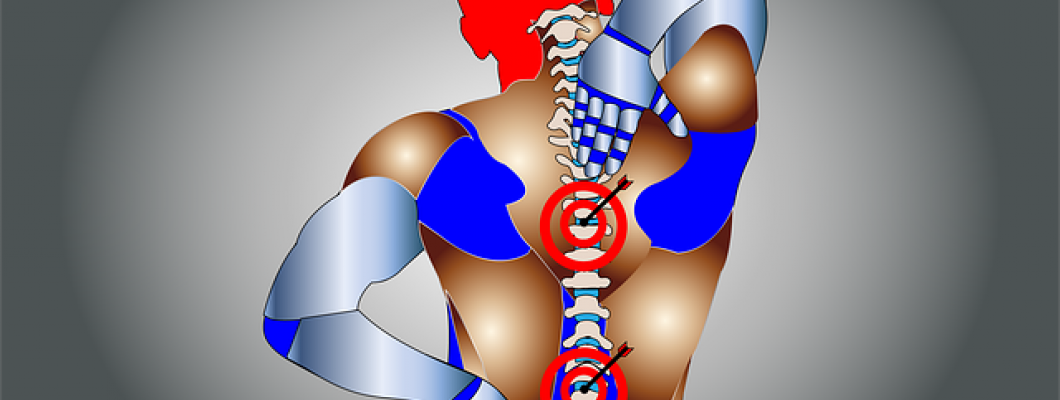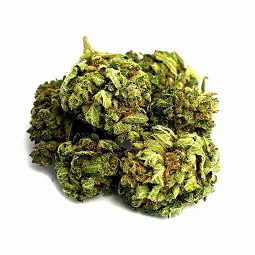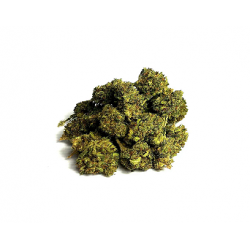
Terpenes play an increased role in analgesia THC and CBD amplify the effect of terpenes The highest terpene contents can be found in aroma flowers
Pain killer terpenes!
Painkiller terpenes are a new class of compounds that are of interest from all sides as the opioid epidemic continues to grow. Pain terpenes offer a natural alternative to treating chronic pain without causing addiction, providing relief to many people who struggle with chronic pain.
Because of the many decades of cannabis bans, terpene research is still in its infancy. However, preliminary studies point to significant opportunities that could revolutionize the treatment of chronic pain, especially when analgesic terpenes are combined with analgesic cannabinoids.
What are Terpenes?
Terpenes are one of the many bioactive compounds found in cannabis. These are essentially aromatic oils that are similar in many ways to common cannabinoids such as THC and CBD. There are more than 200 different terpenes identified in cannabis. These are secreted in the resin glands, also known as trichomas; same as cannabinoids.

The terpene profile of different cannabis strains will be different. For example, sweet-smelling strains such as "Wedding Cake" are likely to dominate sweet-smelling terpenes. On the other hand, pungent terpenes are likely to be dominated by “skunk-smelling” terpenes such as myrcene.
Terpenes are primarily responsible for the various flavors present in cannabis. Therefore, they help attract pollinators while repelling predators at the same time. Flavors made from terpenes include berry, citrus, herb, woody, pine, mango and spicy.
In addition to this important role, terpenes also offer therapeutic benefits, such as in the treatment of pain.
How do Terpenes work?
Terpenes offer various therapeutic benefits in the human body. For example, myrcene, the most common terpene in cannabis, is known for its sedative effects. Caryophyllene, on the other hand, is known for its analgesic properties. Pinene, another common terpene, is known for its bronchodilator benefits, which may be helpful in relieving asthma symptoms.
Certificates of Analysis (COA) reports, which are already mandatory, list the terpenes present in each cannabis strain or product. This is called a terpene profile. Some recent studies have shown that full-spectrum terpene-containing products offer a stronger and more lasting healing effect. This is called cannabis synergy. You may also hear it mentioned as an escort.
Terpenes work synergistically with cannabinoids to “strengthen” or exert a stronger healing effect. A study led by Dr. Robert Mechoulam demonstrated this concept using a bell-shaped dose-response curve. When CBD was offered as an isolate (without terpenes), the effects were swollen at some dose. However, when terpenes were added to the CBD, the plateau zone broke through and the response was greater. Although both isolates and distillates have their own unique outlets, the whole fragrance bud still has a lot to offer in terms of environmental benefits.
In summary, terpenes have a greater healing effect when combined with cannabinoids such as THC or CBD.

facts
Terpenes play an increased role in analgesia
THC and CBD amplify the effect of terpenes
The highest terpene contents can be found in aroma flowers



















